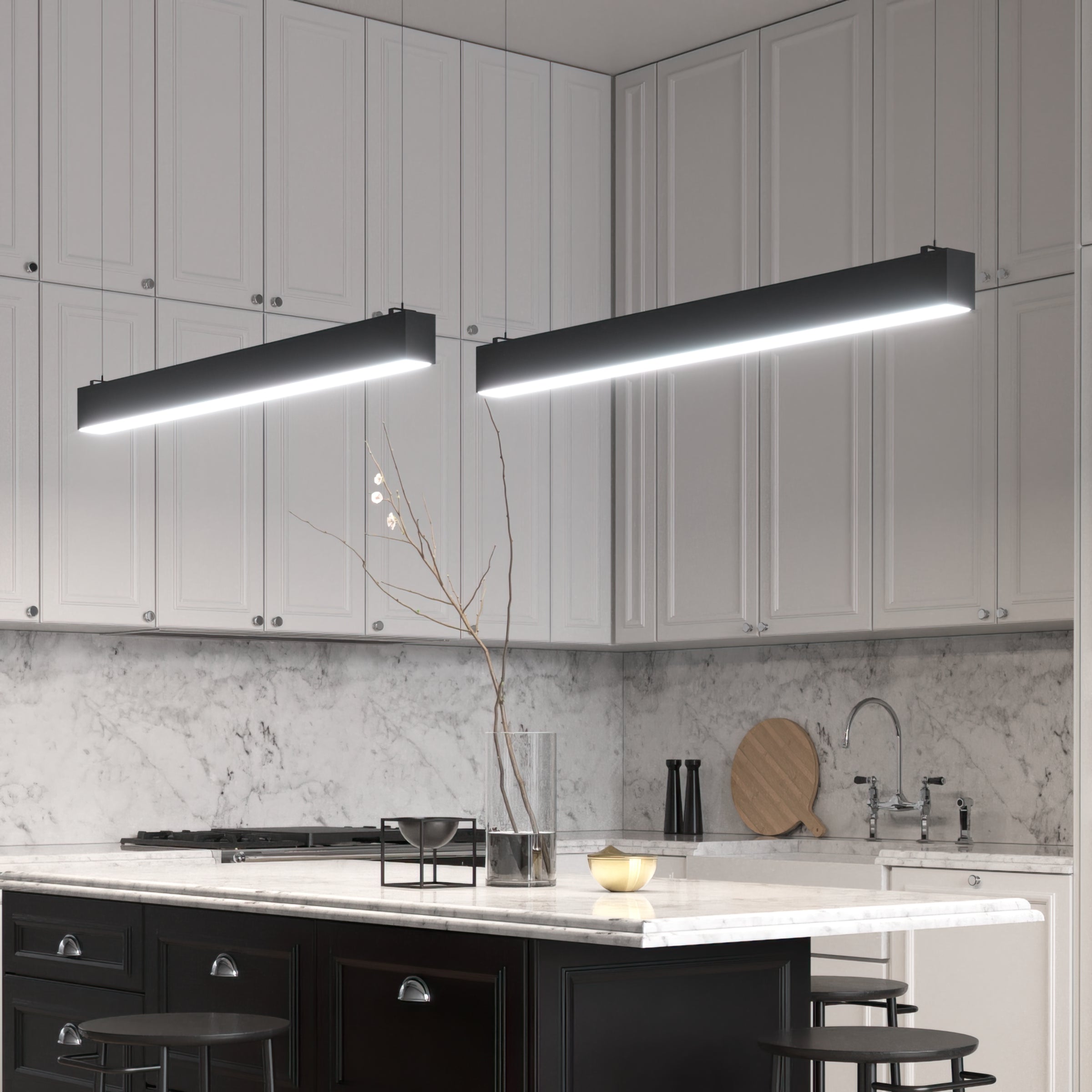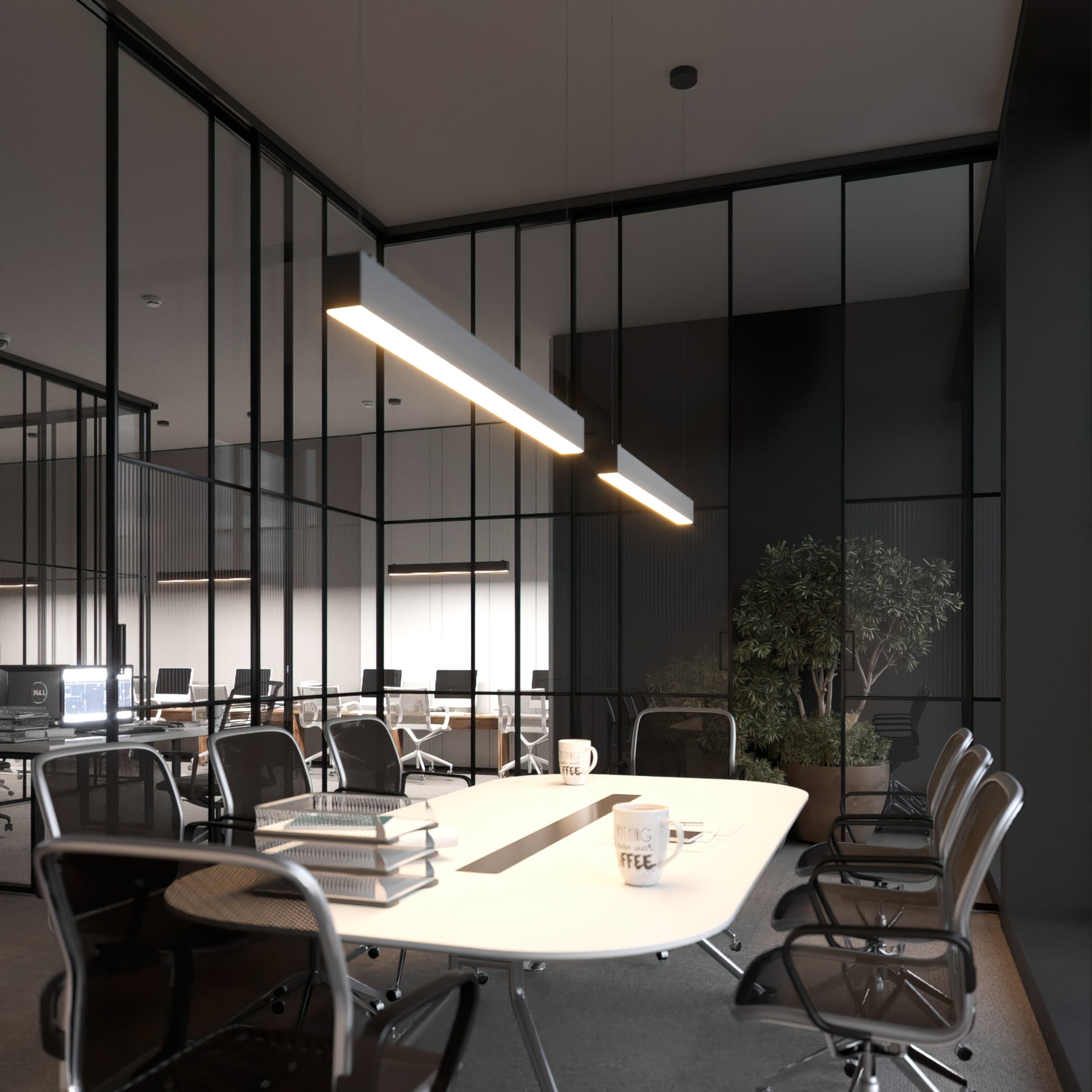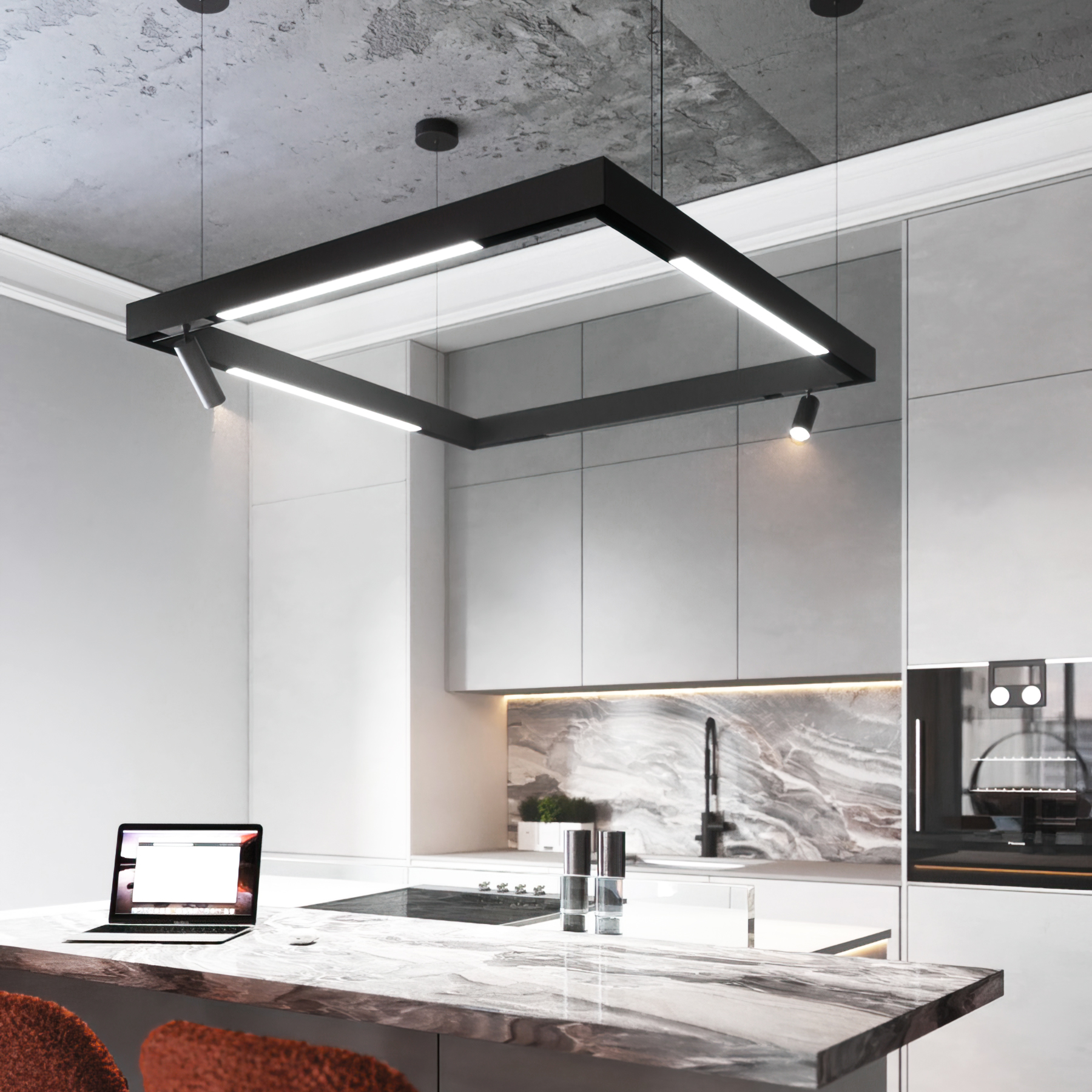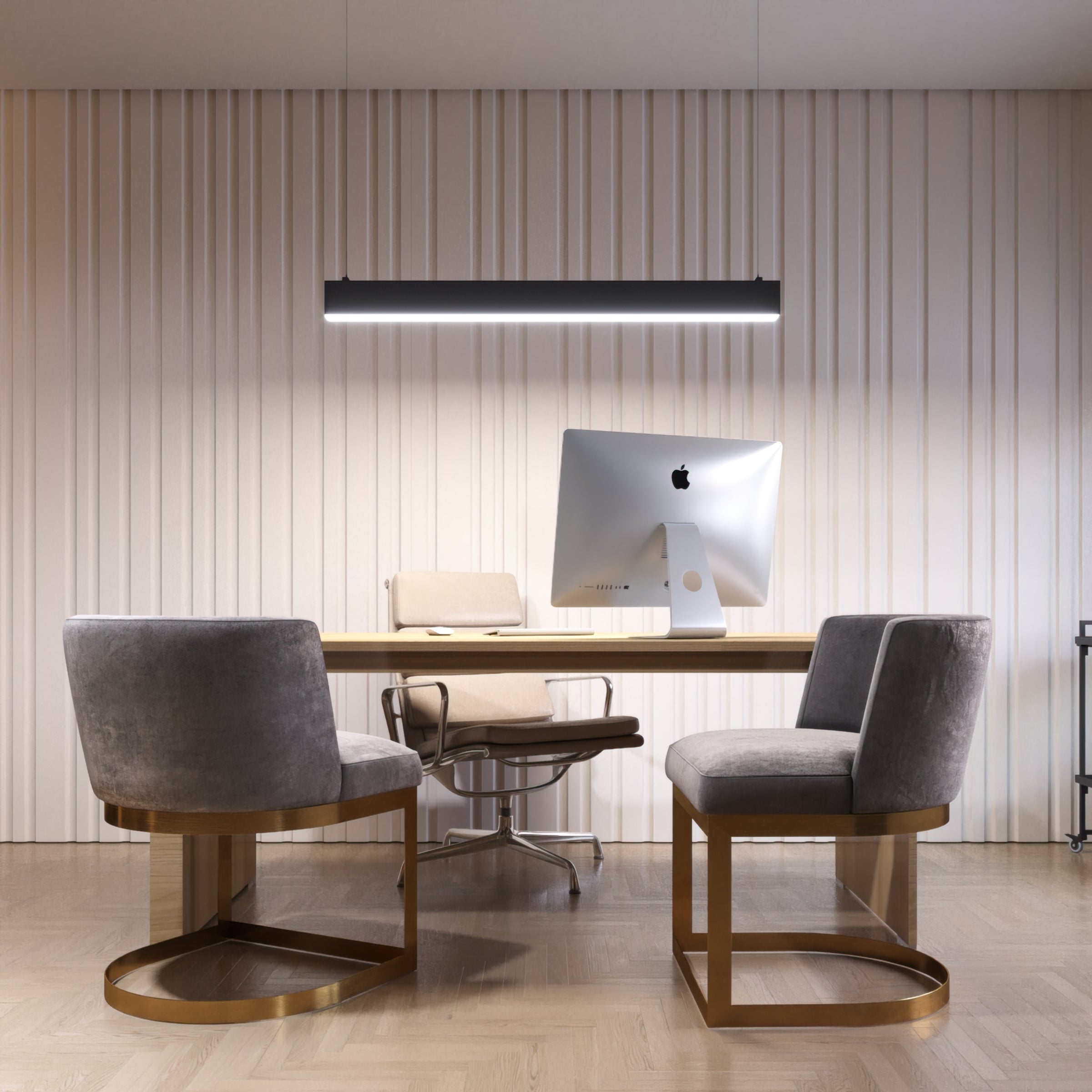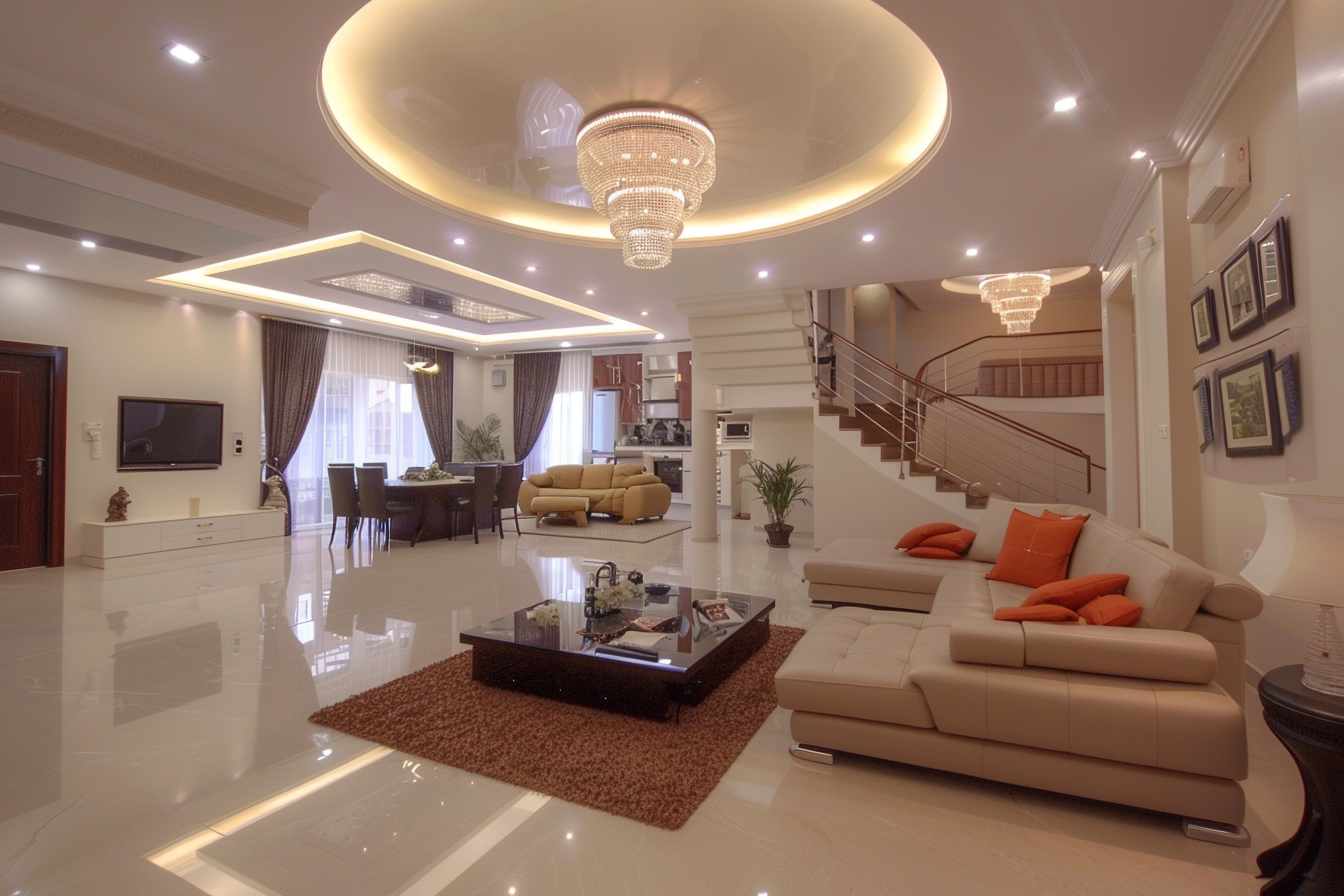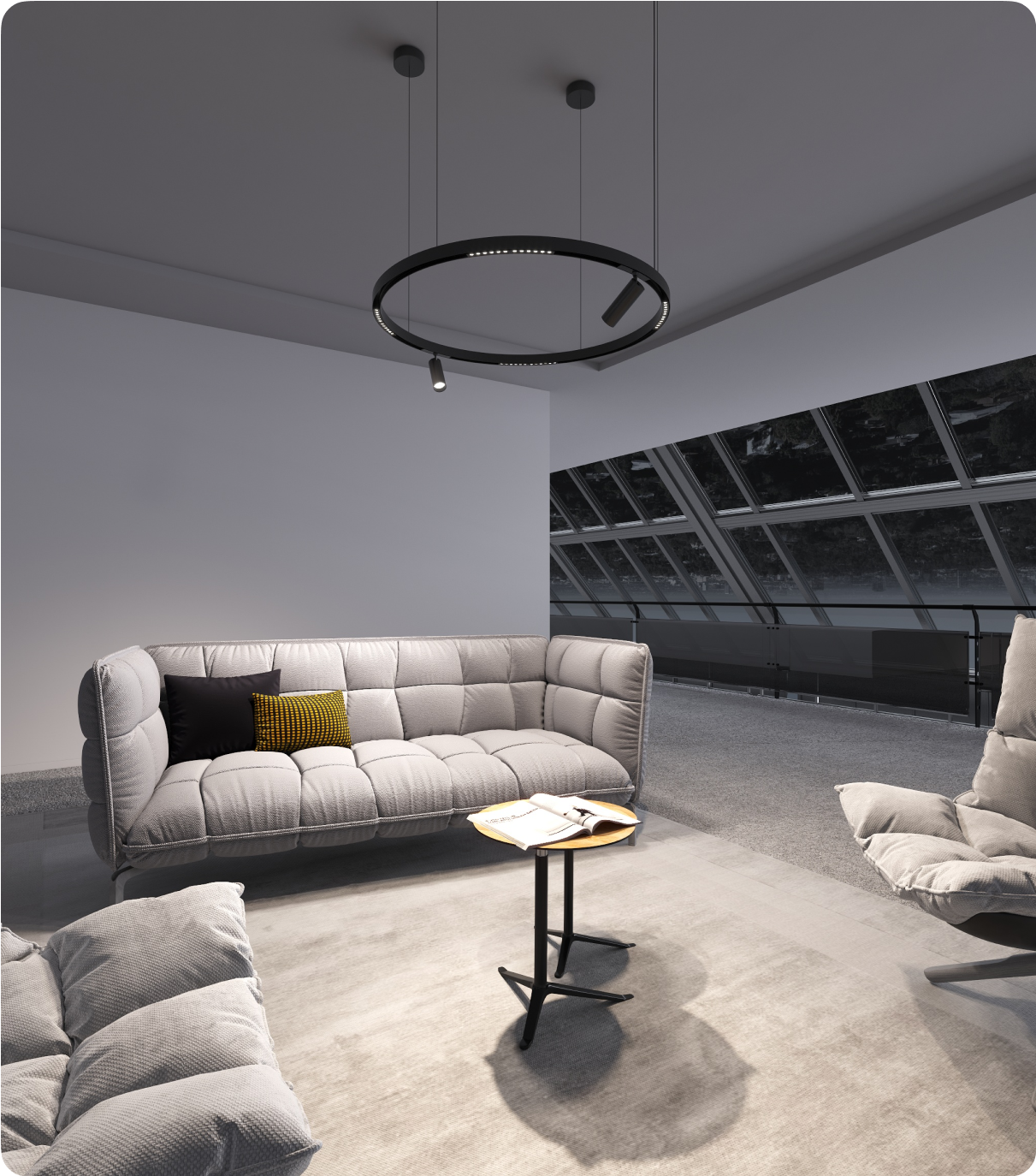When it comes to lighting, understanding terms like Average Rated Life (ARL) and lifespan can be illuminating. The ARL of a bulb, expressed in hours, is essentially its half-life — the point at which 50% of a tested group of bulbs still shine while the rest have burnt out. This measure offers insight into a bulb's longevity.
The lifespan, however, refers to the functional duration of a lamp before it reaches the end of its usable life — the period where it can deliver the anticipated lighting effect under standard conditions. This measures the bulb's effectiveness, indicating how long it can maintain its performance. As a bulb nears the end of its usable life, it may display reduced brightness or color changes or fail completely, necessitating replacement.
In essence, to optimize a bulb's operational time and ensure prolonged lighting effects, it's crucial to comprehend these concepts. Stay tuned as we delve deeper into the world of lighting in the following posts.
Differences between Various Types of Bulbs
When selecting lights for their home or business, most individuals opt for incandescent, halogen, or LED bulbs. To assist in making an informed decision, we'll clarify the distinctions between these three types and their respective lifespan.
- LED Lighting
All three types of bulbs, incandescent, halogen, and traditional LEDs, generate light through substantial heat production. However, modern LED lights differ as they utilize multiple light-emitting diodes for illumination. Consequently, LED light bulbs stand out as the most energy-efficient among these four lighting types.
Furthermore, they are also renowned for their extensive lifespan. Studies have assessed that a single LED bulb can provide light for a total of 50,000 hours.
- Incandescent Lighting
Incandescent lights, a product of the inventive genius of Thomas Edison, have been around for more than a hundred years, marking a significant milestone in the history of human innovation. Despite their ubiquitous presence, many remain unaware of the fascinating mechanism behind these bulbs' ability to emit light. Contrary to the common belief that they produce light, these lamps operate by heating a wire filament until it reaches a temperature high enough to glow. This principle of incandescence, which has stood the test of time, is the basis for their functionality.
Among the variety of lighting options available in the market, these bulbs stand out due to their cost-effectiveness. A typical 60-watt incandescent lamp, for instance, boasts a lifespan of light bulbs of up to 1,000 hours, making it a practical choice for many households and businesses.
Interestingly, in recent years, we've seen the advent of more energy-efficient versions of incandescent bulbs. These newer models, which are the result of technological advancements in the field, have lifespans that stretch to about 2,000 hours. This improvement has not only doubled their longevity but also enhanced their appeal to environmentally conscious consumers who are keen on reducing their energy consumption.
- Halogen Lighting
Halogen bulbs, being slightly more expensive than traditional incandescent bulbs, offer a cost-effective solution with enhanced energy efficiency and a prolonged lifespan of incandescent bulb fixtures. Halogen lighting technology is an advancement from conventional incandescent lighting, featuring a tungsten filament like its predecessor but with the addition of halogen gas. As the wire filament heats, the tungsten vaporizes and enters the halogen gas, which lights up to emit a luminous glow. When the light is switched off, the gas re-deposits the tungsten back onto the filament. The bulb also includes a parabolic aluminized reflector for improved light focus, ensuring a consistent brightness level even as the bulb ages. Halogen bulbs are versatile and used in settings ranging from office buildings to car headlights. A standard 60-watt halogen light can function for an impressive 1,250 to 2,000 hours.
- Comparison Based on Price and Life Hours
Incandescent bulbs are the least expensive option, but they also have the shortest lifespan and are the least energy efficient. In contrast, longest-life LED bulbs cost more, but they are the most energy efficient and have the longest lifespan.
- The price for a 60-watt incandescent light ranges from $0.40 to $1.00, and it lasts for about 1,000 hours.
- A 60-watt halogen bulb costs between $1.00 and $2.75, with a lifespan of 1,000 to 2,250 hours.
- A 60-watt LED bulb can cost anywhere from $11 to $22, but its lifespan is significantly longer, ranging from 10,000 to 25,000 hours.
LED Lights Lifespan
LED (Light-emitting diode) bulbs represent a significant breakthrough in the lighting industry and are a relatively recent addition to the market. These innovative light sources are primarily recognized for their remarkable energy efficiency, which contrasts sharply with the energy consumption of traditional bulbs. Unlike their conventional counterparts, which rely on a heated wire filament to produce light, LEDs utilize a semiconductor. When electrons move across this semiconductor, it emits light, providing an efficient and effective source of illumination.
The safety of LED bulbs is another critical advantage. They generate less heat than both incandescent and halogen bulbs, reducing the risk of fires and burns. An LED bulb with a power rating of 60 watts can have a remarkably extended lifespan ranging from 10,000 to 25,000 hours, significantly outperforming other lighting types.
In the realm of contemporary lighting methods, LED light bulbs are undoubtedly leading the pack. They offer an estimated energy efficiency of between 80 and 90% when benchmarked against traditional lighting and conventional light bulbs. This impressive energy efficiency, coupled with their undeniable durability and cost-effectiveness, makes LED light bulbs a popular choice among consumers. The extensive lifespan of LEDs is one of the primary reasons consumers switch to them, as they offer long-term savings and convenience.
LEDs also excel in conserving power. This is demonstrated by the fact that a 12W LED bulb, which provides the same amount of light as a 60W traditional bulb, saves a whopping 48W of energy. This significant energy conservation translates into substantial savings on power consumption and electricity bills, making LEDs an economically friendly choice.
Furthermore, LED light bulbs are environmentally friendly as they do not contain harmful chemicals found in traditional lamps. Unlike compact fluorescent bulbs or incandescents that fade at the end of their lifespan, LED bulbs maintain their brightness. This is because LEDs don't have chemicals that dim over time through deposits on the lamp housing or reduction of incandescent light-producing chemicals. This ensures a consistently bright light throughout their lifespan.
LED light bulbs also have the advantage of instant activation without the need to wait for an internal chemical to heat up. They also perform exceptionally well in cold temperatures.
Durability is yet another noteworthy advantage of LED bulbs. Many are damp or wet-rated, making them suitable for outdoor use or in areas of the home where moisture is common, such as kitchens and bathrooms. In contrast to the delicate filament of incandescent bulbs, LED bulbs are sturdier due to their solid-state components, further enhancing their appeal.
